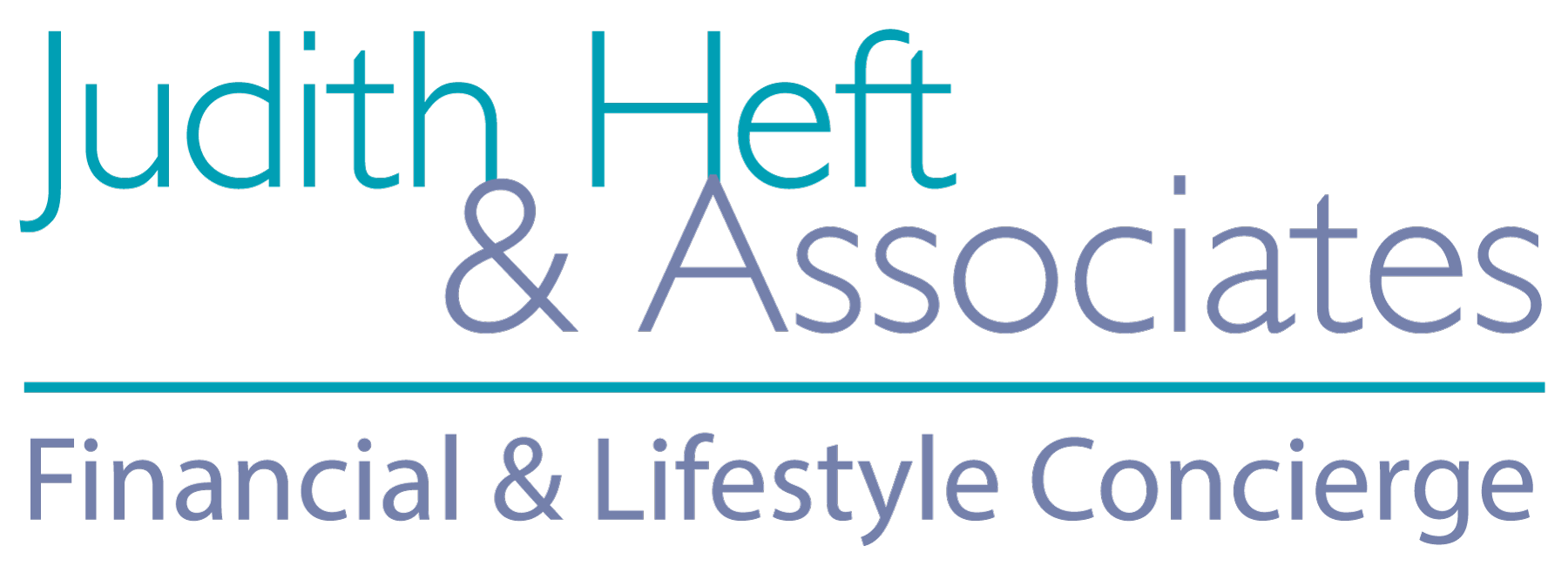I rarely get calls about student loans, but last week I received two in one day.
Call #1 was from a financial advisor who wanted to talk about one of his clients. The client had contacted him out of exasperation at her children’s dire economic straits, which were largely due to student loans. She said that they were not able to get ahead in life because of thousands and thousands of dollars of student debt. She asked me to coach them by figuring out budgets for them.
Call #2 was from a woman who has two kids fresh out of law school. That translates into two kids who are making $50,000 a year with student loans that are quadruple that amount. And they still have to eat every day. Again I was asked to help young people structure their financial lives around their student loan payments.
Without getting into any specifics, I can say the best strategy for paying down any kind of debt is referred to as “snowballing” the debt. The concept is to pay down the debt with the highest interest rate first (although some people prefer to pay off small debts first so they can have a sense of improvement and/or accomplishment). Assuming that you have been making payments on all of your debts, once the first loan is paid off, take that monthly payment and add it to the monthly payment you have been making to the lender with the second highest interest rate. Now the second loan will be paid off faster! This excellent tool does the calculations for you.
If a student borrower is unable to meet the payment requirements of his or her lender, there are still several options available.
Income-sensitive repayment plans are based on the borrower’s yearly income, and monthly payments fluctuate based on that figure. Borrowers can repay their loans using an income-sensitive repayment plan for up to 10 years, but they are available only for the following loans:
- Subsidized Federal Stafford Loans
- Unsubsidized Federal Stafford Loans
- FFEL PLUS Loans
- FFEL Consolidation Loans
Deferments provide temporary relief from repaying student loans. Depending on the loan, the federal government may pay the interest while a loan is deferred. The government may pay the interest on your:
- Federal Perkins Loan;
- Direct Subsidized Loan; and/or
- Subsidized Federal Stafford Loan.
Forebearances are for people who need to delay repayment, but do not qualify for deferment.
Discretionary Forbearance: For discretionary forbearances, your lender decides whether to grant forbearance or not. You can request a discretionary forbearance because of financial hardship or illness.
Mandatory Forbearance: For mandatory forbearances, if you meet the eligibility criteria, your lender is required to grant the forbearance.
The last option isn’t really an option as its name appropriately implies. Defaulting on a student loan means that the borrower simply has not made payments, for whatever reason. It’s basically credit suicide, and it has the same effect as wearing a scarlet letter A for life (or 24601 for Les Miz fans).
I look at student loans from the perspective of a mom. My daughter got accepted for her Masters to New York University and Columbia, but she wasn’t sure of what her specific field of study should be. Rather than experiment at either (extremely) costly institutions, she decided to attend Hunter College, which is part of the City University of New York (CUNY), which is part of the State University of New York (SUNY). I am happy to say that she has a wonderful career as a result, and she just finished paying off her student debt.
The best way to manage student debt is to avoid it from the outset. Schools like SUNY, The University of Connecticut and Rutgers University are all top-notch academic institutions, despite their more modest tuitions. I am always surprised at the number of professors from these public universities I see making news and publishing breakthroughs. It’s something to keep in mind for parents and students alike.
What does your financial aid package say?

Recent Comments